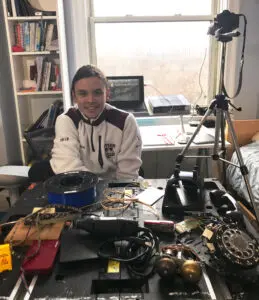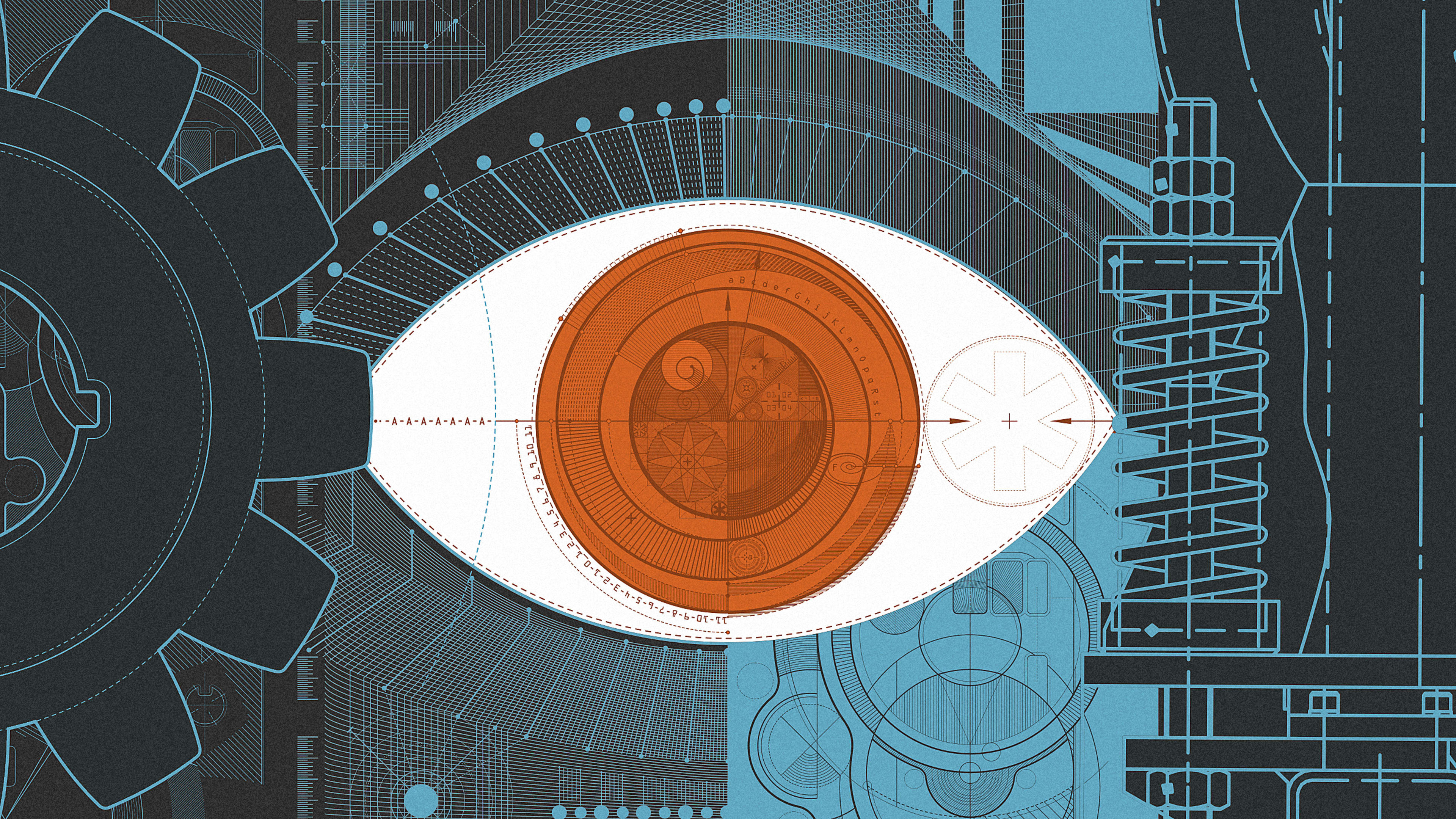I’ve loved electronics ever since I was a kid. In 6th grade, after saving up for five years, I built a PC that was better than any computer I could find. Throughout middle school, I tinkered with wiring and welding and electronics (as you can see by the piles of unused Arduino boards and leftover electronics in my room). It was easy to make something for myself—an awesome PC—but making something other people wanted wasn’t as easy.
Now, as a high school sophomore, I watch ABC’s Shark Tank to see how entrepreneurs tackle other people’s needs. I like seeing the contrast between really clever products and services that immediately seem useful and others that just didn’t work. I often wondered how people could come up with the ideas that made me realize, “I have that problem; I want to buy that!”
When I took engineering during my freshman year, I hoped it would give me the tools and process to develop those kinds of ideas. Instead, we focused on building a solution without first examining the problem. We learned how to draw blueprints from all angles and the names of different mechanics such as pulleys, gears, and levers. We ended the year by using shop tools, such as saws and lathes, to make simple mechanical objects and then using those skills to create one large project such as a mini-car or a primitive clock. We learned how to follow instructions to turn an idea into a prototype, and while that’s a useful skill to have, I think engineering is much more than that.

That same year I was lucky enough to visit a biotech lab in Boston. There, I saw solutions that engineers had come up with to solve real-world challenges. I saw a glove that helped rehabilitate stroke victims and a backpack to help wheelchair-bound people walk. That day, I realized that engineering isn’t just about knowing how to make cool stuff; it’s about solving problems.
I was able to see that every product, every device, was a solution to a real-world issue. But that wasn’t being taught in my classes. We were never taught how to conduct interviews or do ethnographic research to figure out the underlying challenges that needed to be tackled. In other words, we were given the tools to solve problems but never taught how to apply them.
I started developing a curriculum for teaching middle school and high school students how to research and prototype solutions. In order to do this, I first worked as a teaching assistant at a robotics after-school program. Then I found a college class that guided students through the entrepreneurial process and asked the professor if I could audit it. I interviewed professional design engineers and professors of design.
I learned that the entrepreneurial process is about researching, designing, and engineering a purchasable solution to people’s problems. The reason my engineering class felt incomplete is that they focused only on the last piece of this process, so it felt separate from what was happening in real life.
My curriculum teaches students how to find problems and how to solve them, including creating prototype products. Not only can schools and after-school programs use it (and have already), but students can go through it on their own time if they want to work independently. The course begins by giving the students a category, for example, beverages, sign postage, desk space, etc. From there, it teaches students how to conduct ethnographic research and asks them to go to a local establishment and figure out what challenges people face. After gathering data, students use problem-solving techniques and design sprints (a method used at design firms) to come up with potential solutions. After further research to see if people like their idea, a final prototype is crafted in the shop.
This program was successfully tested in a local after-school program. One challenge was to get a cookie jar from a high shelf. My favorite solution involved using a chainsaw to cut the shelf down, while the most practical was to construct a platform to reach the shelf. Both approached the problem from different angles and offered creative solutions.
When I look at some engineering examples in the real world, it’s obvious designers jumped straight to a solution without truly engaging the problem. A can that changes color when cold is unnecessary: Why can’t people just touch the can to see if it’s cold? Killing sparrows to protect grain creates a grain fiesta for the exploding insect population. A helicopter with an ejector seat is a good idea for getting a pilot out of the helicopter, but only if you don’t care if they’re alive. What all these bad ideas have in common is a misidentification of the problem they were supposed to be fixing. Even a high school sophomore such as me can see that. Yet when we teach kids engineering, we skip the problem identification—the tough work around understanding the need—and go right to building a solution.
As we move into an increasingly robotic and digital age, solving complicated human problems becomes more important than ever. Schools need to teach more of the process of entrepreneurship and engineering, including development and research to truly understand user needs. If we want the entrepreneurs of the future to succeed, it’s important that our engineering curriculums teach them the necessary skills. During COVID-19, we gained an opportunity to rethink workplace practices and schooling techniques—let’s do the same with the way we teach engineering.
Luke Harris is a sophomore at Horace Mann in The Bronx, NY.
Recognize your brand’s excellence by applying to this year’s Brands That Matter Awards before the early-rate deadline, May 3.
